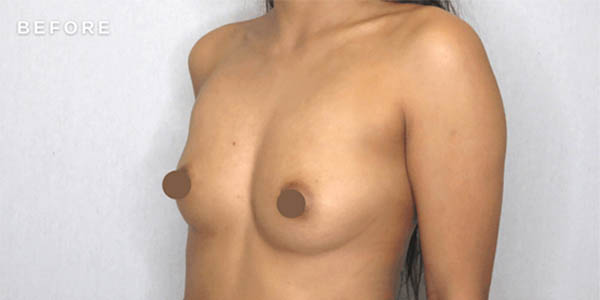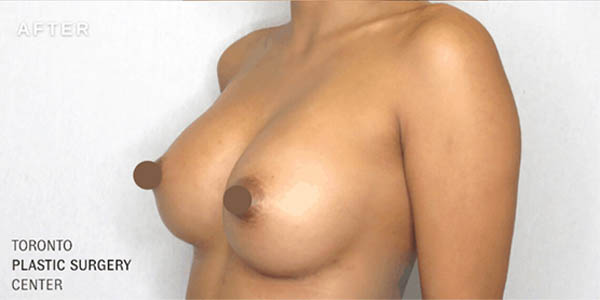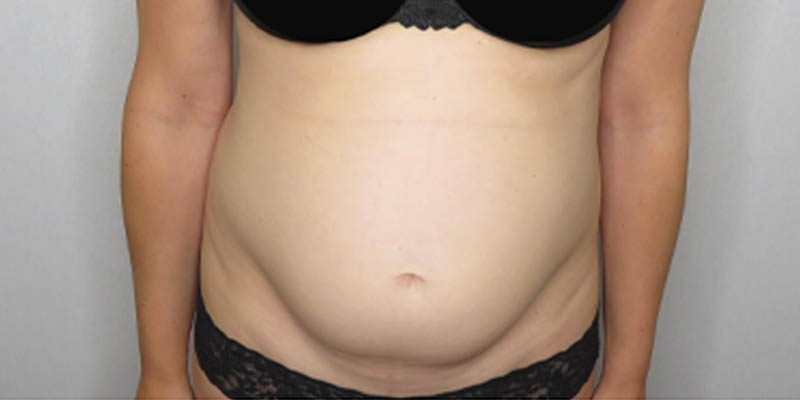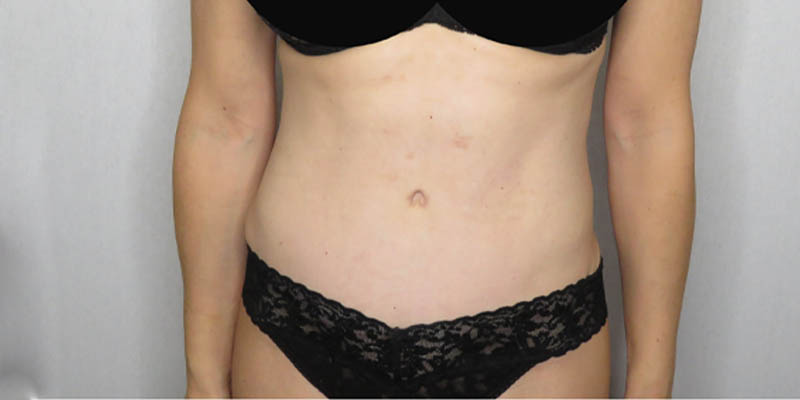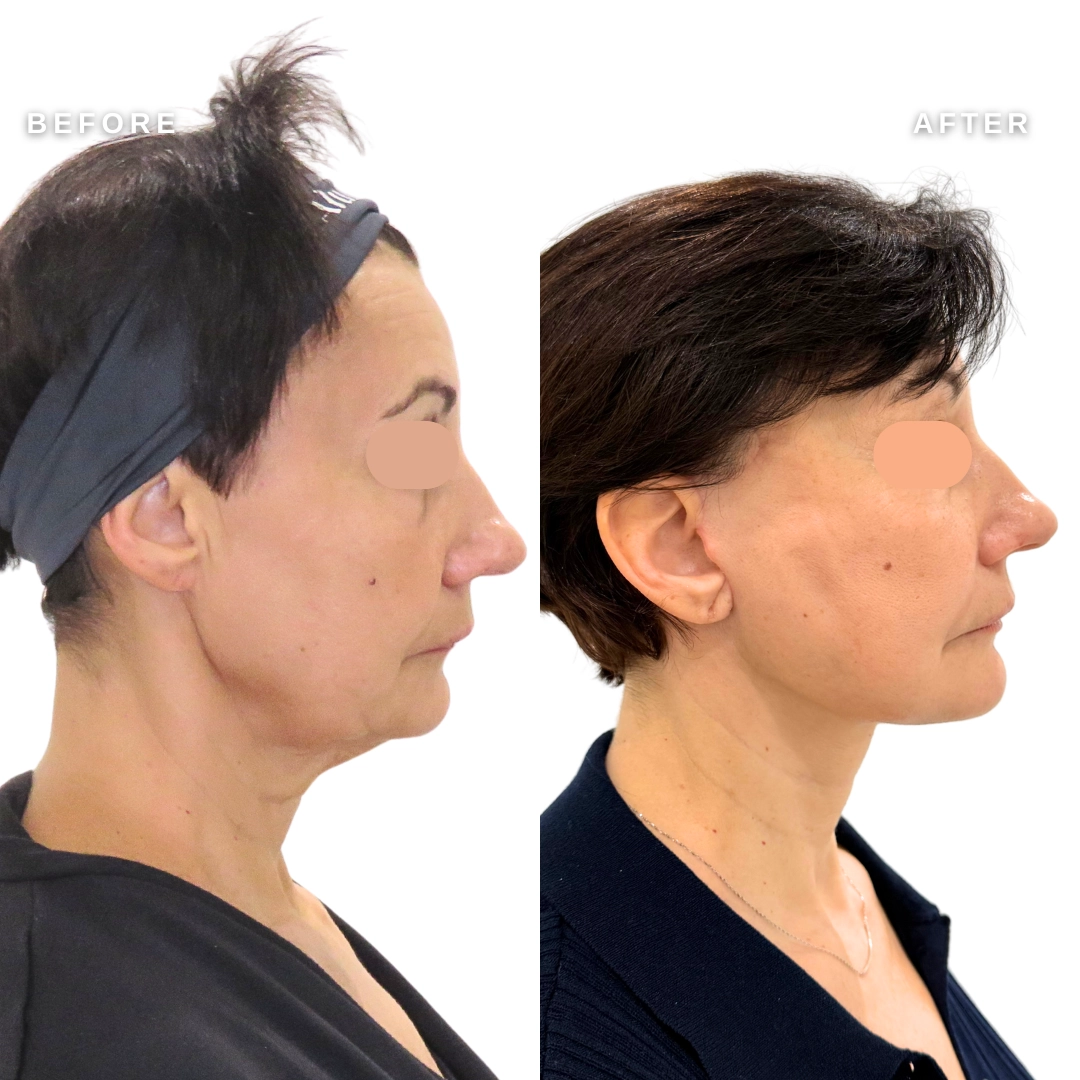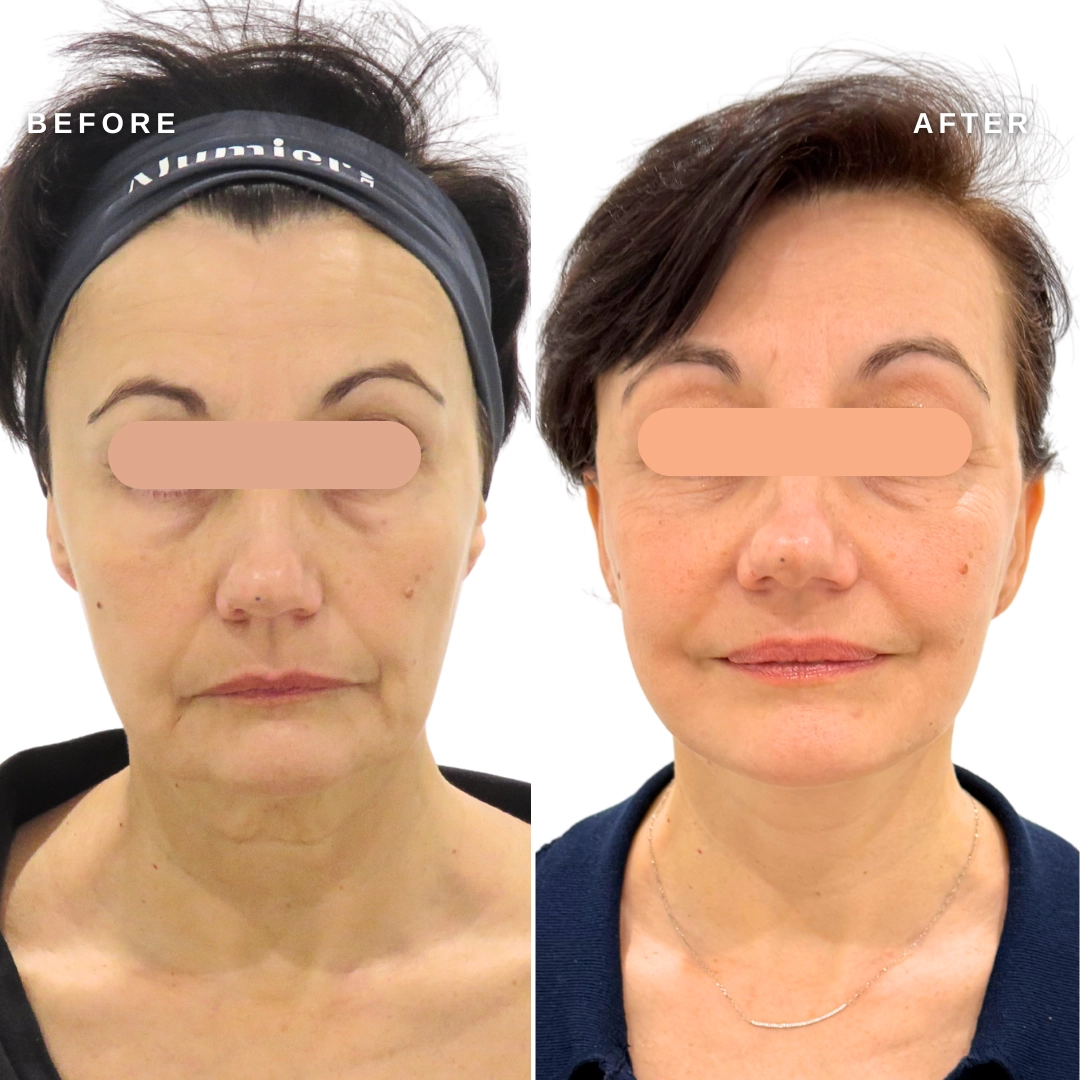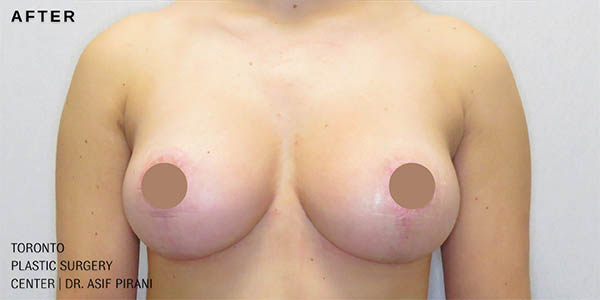April 12, 2025
By Dr. Asif Pirani
While all of us will age the older we get, it is natural to want to maintain our youthful appearance as long as possible. If you have noticed a few more wrinkles recently, you might be looking into what options are the best choices for your needs. Both facial fat grafting and fillers are great solutions for troublesome wrinkles. But which treatment is ideal for you?
Facial Fat Grafting
Facial fat grafting, also known as fat transfer, is the process of moving fat from one part of your body into your face. The fat cells from one area, such as your waist or buttocks, will be injected into the areas of concern in your face. There is a little bit of recovery time for this treatment, because of the fat removal from another area of your body.
The benefits of facial fat grafting are:
- Uses your own fat, so it’s assured that your body will accept it
- Can remove fat from unwanted locations
- The results look entirely natural
- Lasting results
- Improved skin texture and tone
- Wrinkle reduction
- Volume restoration
There are several advantages to using facial fat grafting, but using your own fat for the procedure is definitely one of the biggest benefits. Through using your own fat, your body will easily accept the relocation of the cells. A fat transfer also will leave you with smooth skin that also looks completely natural.
Fillers
Fillers are another type of treatment for wrinkles. Dermal fillers are made up of hyaluronic acid, which is a chemical that naturally occurs in your skin. This means that your body will accept the treatment without any trouble and there is a low risk for allergic reactions. The fillers are injected underneath your skin in the areas that you would like to have more volume.
The benefits of facial fillers include:
- Budget friendly
- Immediate results
- No downtime following the procedure
- Substantial wrinkle reduction
- Volume restoration
- Temporary results if you are concerned about more surgical options.
Filers are nice, because they are more affordable for many patients. The procedure is also completely non-invasive. You might have some redness at the injection site, but otherwise there is really no recovery time for fillers.
Which is Better?
Really, while both treatments work toward the same end goal, they are not both right for everyone. Fillers are a temporary solution. Over time, your body will metabolize the hyaluronic acid, putting your skin back to about where it was before you had the filler placed. So, to maintain the appearance of fullness, you will need to have the fillers redone every few months up to about a year. It is a great option if you are not sure whether you would like to do something permanent or if you would like something less invasive.
Meanwhile, facial fat grafting is more invasive. It requires the removal of fat from one area of your body to be placed within your face to restore lost volume. The results are immediate and they are also long-lasting. They will only dissipate with the natural aging process, unlike fillers that gradually metabolize. It also has the nice benefit of slimming down any area that has unwanted, stubborn fat. To put it simply, one procedure is not better than another, but they work differently to achieve the same goal.
To find out which is the best solution for your wrinkles, you should schedule an appointment with Dr. Pirani. Together, at a consultation, you and he will be able to discuss what your concerns are and choose the right path to meet your goals.
